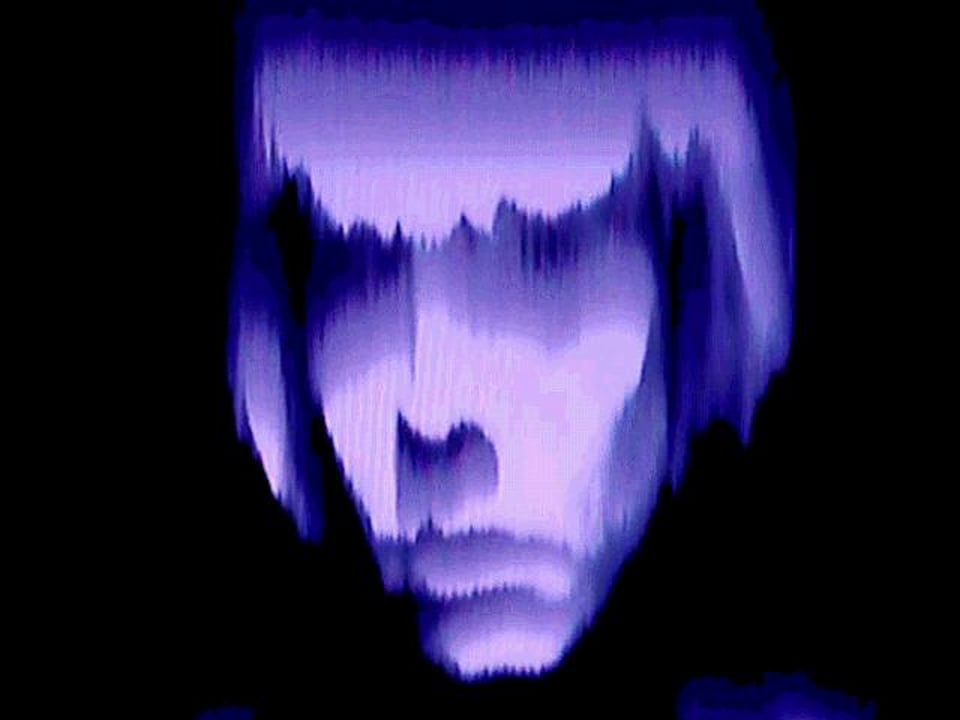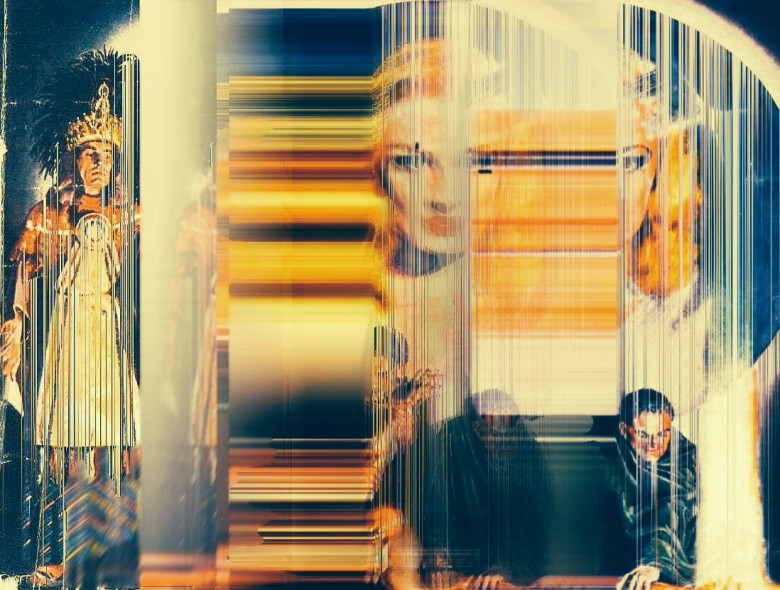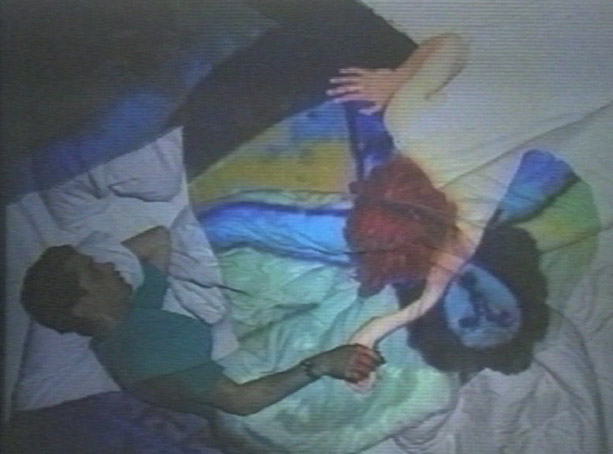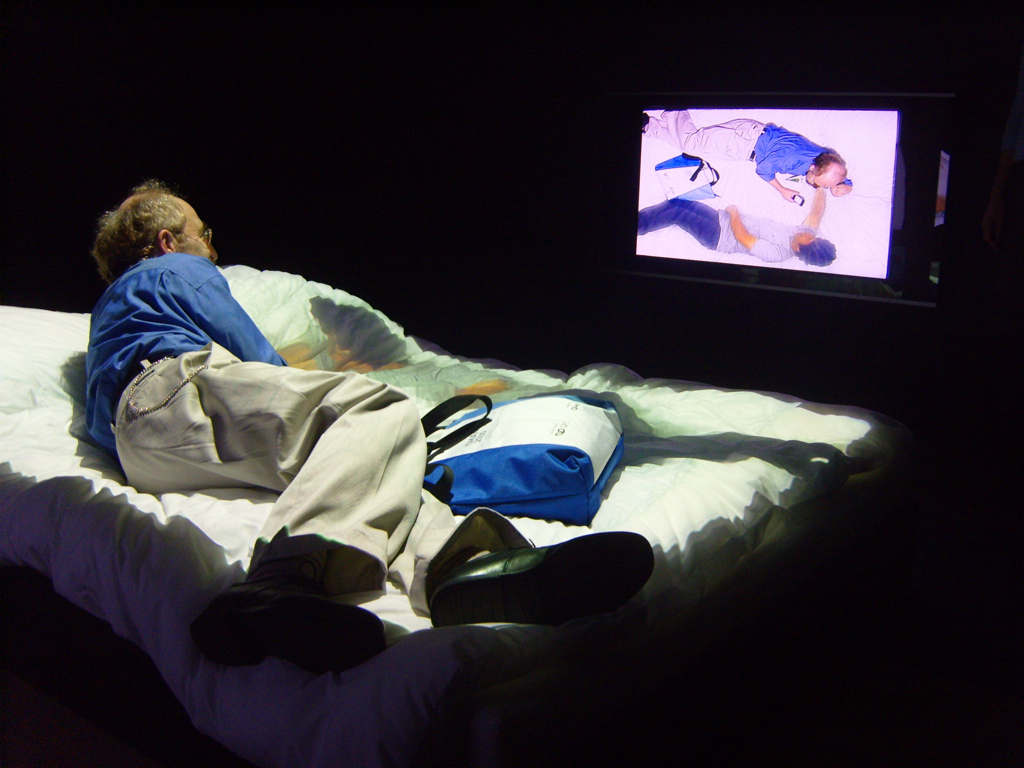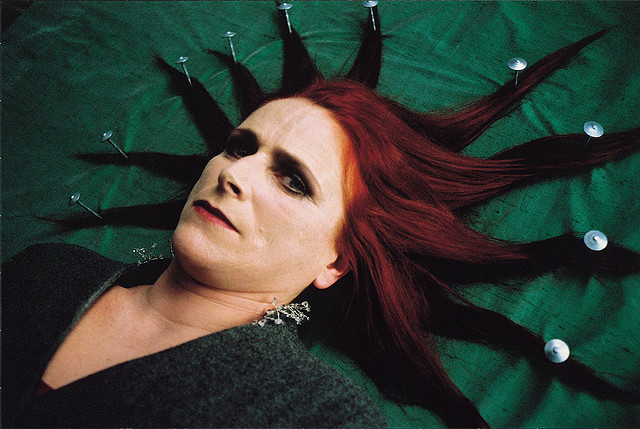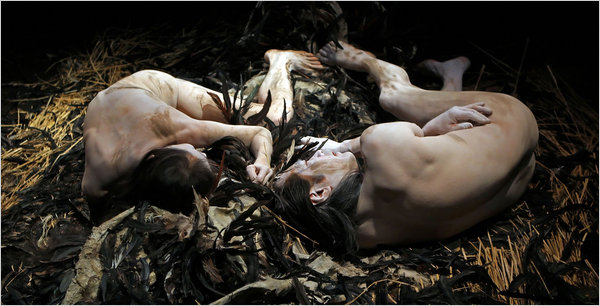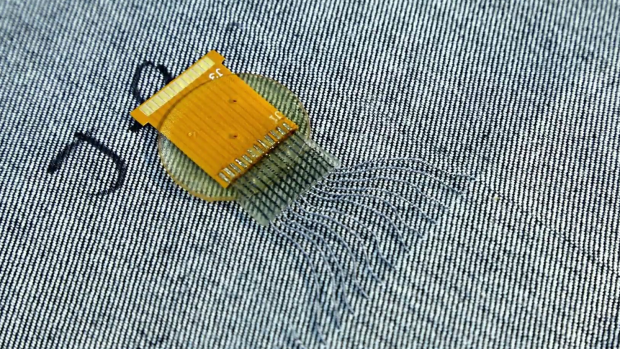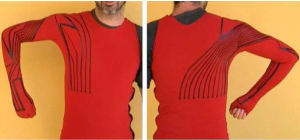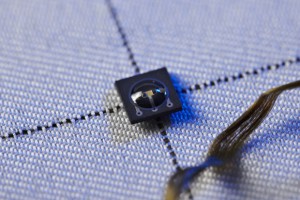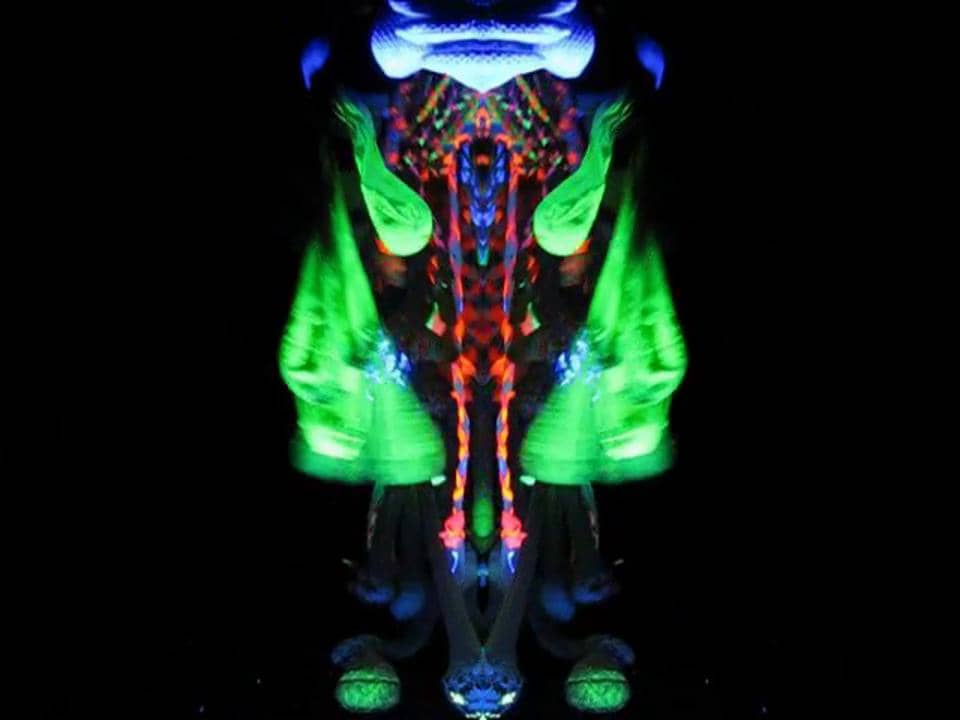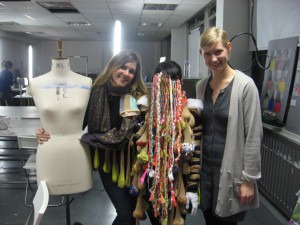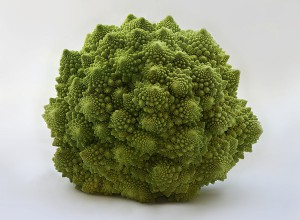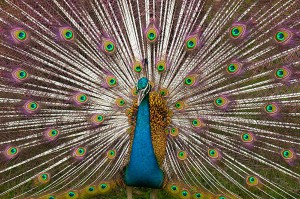Utam Moses (choreographer) and Eric Lindsay’s (composer)”The Space Between Us” is a collaborative electronic music and modern dance piece for computationally enhanced dancers and MAX/MSP, a programming language for interactive music and multimedia.
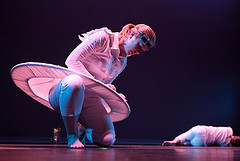
The costumes are embedded with LilyPad Arduino technology. One of the dancers’ (with the round skirt) costume combines LilyPad components and an XBee (wireless transmitter) together with pressure and flex sensors connected by conductive thread, which detects and transmits the movements of the dancer to the composer’s laptop, which are then used to generate and control sound within a MAX/MSP environment.
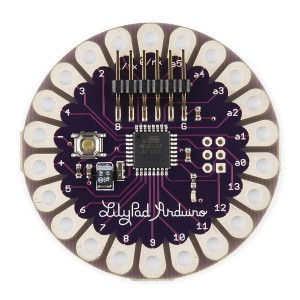
“The e-textiles facilitate interactivity between dancers’ movements and the music that accompanies their dancing, transforming the power dynamic between composer and choreographer by putting the power of live musical improvisation in the hands (body) of dancers. This relationship extends an unprecedented power to dancers, who are most often constrained by the decisions made previously by a composer.” – Eric Lindsay
For the costumes to achieve functionalities and expressive capabilities, sensors are to track the most communicative motions of the dancers, the music controls had to be sensitive to the gestures onstage but conspicuous enough so as to ensure the audience knew what movements elicited which kinds of sounds, and the costumes had to withstand duress from stretching, heat, and perspiration.

This project uses Arduino kit which is an open source technology. It is important as all Arduino boards are completely open-source, empowering users to build them independently and eventually adapt them to their particular needs. The software too, is open-source, and it is growing through the contributions of users worldwide. A worldwide community of makers – students, hobbyists, artists, programmers, and professionals – has gathered around this open-source platform, their contributions have added up to an incredible amount of accessible knowledge that can be of great help to novices and experts alike.


